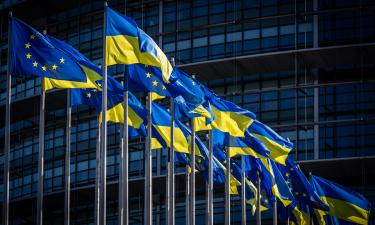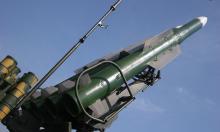First Aircraft Invented in Japan
American inventors Wilbur and Orville Wright were more lucky to become pioneers in aviation
On the year of the 100th anniversary of the flight of the first airplane, it became known from Japan that one of Japanese engineers designed an aircraft model ten years earlier than his American colleagues. However, Tyuuhaci Ninomiya failed to build a plane because of the money shortage.
Ninomiya was born in a samurai's family in 1866. When a child, he admired the sky, the boy had a great passion for kite-making. Tyuuhaci also studied insects and birds, measured their wings, trying to understand, what helped those creatures to fly. Tyuuhaci Ninomiya had no special scientific education, but he managed to become the first amateur engineer, who invented hard-fixed wings. His European and American colleagues (professionals) hoped to fly up into the sky like a bird, with waving wings.
In 1890, Englishman Hiram Maxim, the owner of several military factories, built an aircraft weighing three tons with a 180 horsepower engine. An attempt to make that monster fly ended up in a tragedy. Around the same period of time, French engineer Clйment Ader built an aircraft with bat-like wings and feather-like propeller. He gave the family name of "avions" to his aircraft, which managed to take off and fly for 300 meters. In 1903, Wilbur and Orville Wright, the proprietors of a bicycle sales, repair, and manufacturing shop in Dayton, Ohio, developed their own type of a manned plane. Their invention looked like a biplane type of aircraft: a pilot was housed in the lower wing, the elevation rudder was on the front and the turning rudder was in the back. Two-spar wings were faced with thin unbleached muslin. The engine of the aircraft was a four-cycle engine, it weighed only 80 kilos. The plane was outfitted with two wooden propellers. Instead of the wheel chassis, the Wrights used a starting catapult. The driving mechanism of a catapult included a massive falling cargo that was connected to the aircraft with a rope through a system of special blocks.
In December of 1903, the Wrights's aircraft took off for 59 seconds and flew the distance of 260 meters. The aircraft designed by two American self-trained engineers was recognized as the world's first aircraft, which performed the first powered and manned flight. This date is considered to be the starting point of the aviation industry triumph.
However, 12 years before the celebration of the first manned flight, Japanese engineer Tyuuhaci Ninomiya worked on the model of his monoplane that was called "Karasu." The aircraft had two fixed wings, a propeller and the chassis on the triangular frame - for the first time in the aviation history. Karasu was a revolutionary model. It should be mentioned that the chassis appeared in America and in Europe a lot later - in the 1930s.
Japanese professor Tsuneo Noguci, who studied Ninomiya's design drawings (they preserved by some miracle), said that if the engineer had managed to collect the funds to build an engine of the 12 horsepower capacity, he would have been the founder of the aviation industry. However, Tyuuhaci Ninomiya visited a lot of offices of Japanese defense officials, asking for the financial support, but no one treated his project seriously.
Not so long time ago, Noguci built an aircraft on the base of Ninomiya's design drawings. As the professor said, the only problem that he had to solve was the problem of the plane's steadiness. Noguci only added the horizontal and vertical stabilizers. The scientist asserts that Ninomiya would have determined the mistake during the first test flight of his plane. On the whole, the aircraft of the Japanese inventor was ready to fly.
The people, who knew Ninomiya, said that he was shocked to learn the news of the first airplane in the States. Tyuuhaci Ninomiya's plane was almost ready, the engineer was waiting for an engine to arrive. Ninomiya burned his design drawings and stopped working on his projects at all. In his old age, the scientist became a priest, he preached Shinto. When the Japanese government realized, which mistake local ministerial officials made, Ninomiya received an official letter of apology, and the Japanese engineer was pronounced the "father of the Japanese aviation."
Anna Visens
Subscribe to Pravda.Ru Telegram channel, Facebook, RSS!




